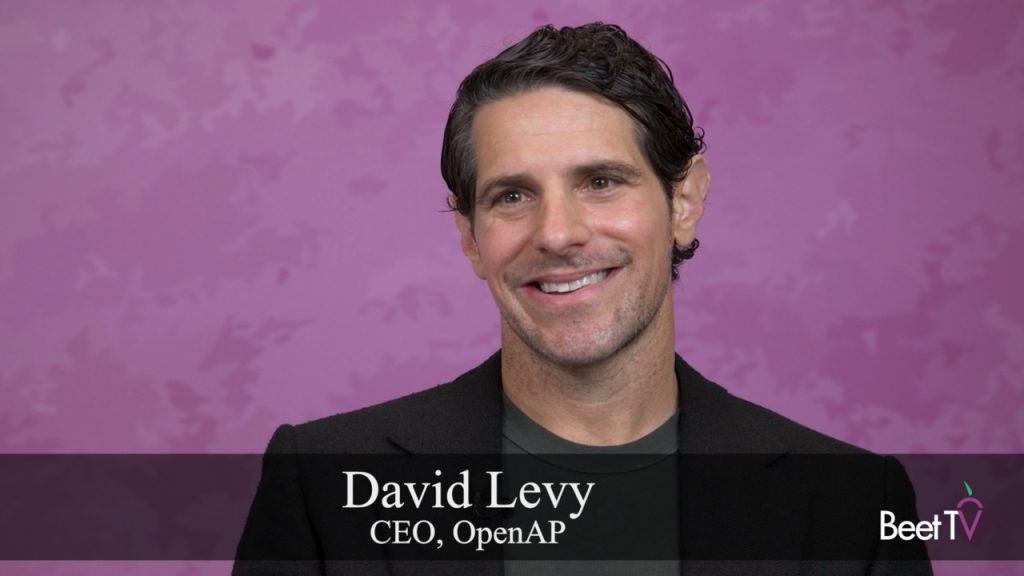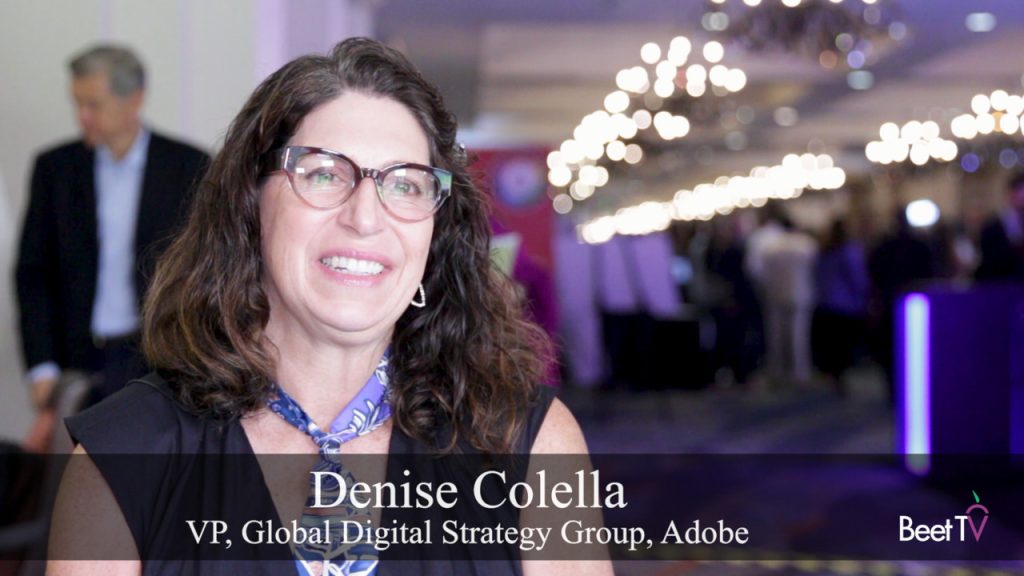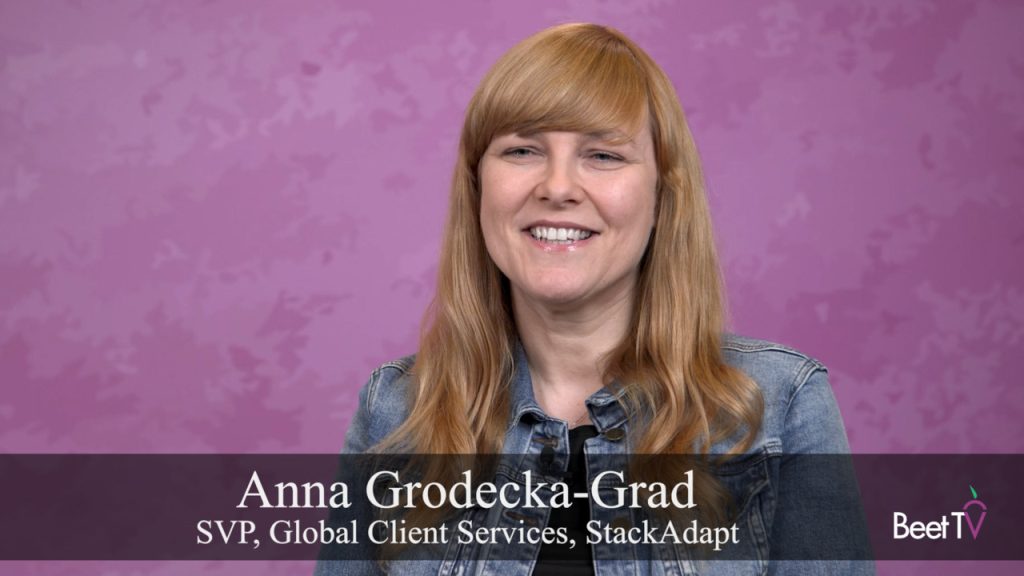LONDON, UK — European broadcasters have been slower to adopt programmatic TV ad sales because they’re healthier linear businesses provided less of a motivator.
But those broadcasters are overcoming traditional resistance to the digital ad trading technology, as more embrace connected TV advertising opportunities.
That’s the view according to Ana Camara, Senior Director, Global Investment, at WPP’s GroupM.
Speaking with me for Beet.TV, Camara argues that the industry’s apprehension of programmatic TV might be rooted in misunderstanding.
Programmatic is More than a Wild West
“Programmatic started with display advertising and it went really wrong there. It became some sort of the wild west with buyers and sellers losing control over everything,” Camara points out.
However, she is quick to assert that programmatic has evolved far beyond this stage, especially when applied to television.
“Programmatic is not only throwing your inventory in an open marketplace and competing with your competitors and non competitors,” she says. Today, programmatic offers “much more” and can even facilitate secure, safe trading of commitments with broadcasters.
Misunderstanding and Resistance
Despite the benefits Camara sees in programmatic, she acknowledges a degree of industry resistance. Camara believes there is a “misunderstanding in the TV industry about what programmatic can bring onto the table”.
Though it’s commonplace the U.S, where more network TV operators use programmatic, Europe has been more reluctant, she says.
Camara attributes this resistance to the fact that European broadcasters’ ad inventory has historically been sold-out, so there hasn’t been a need to put inventory in a programmatic environment.
A Changing Landscape
However, Camara notes that the dynamics are changing. “We’re seeing consumption moving to digital environments,” she says.
For Camara, this shift makes programmatic a valuable opportunity for broadcasters to manage their yield and get the best value out of every impression. “It’s just bringing technology into that ecosystem,” she says.
But the digital television world is already fragmented, and Camara argues that solutions like ITV’s Planet V programmatic platform only contribute further to this fragmentation.
To break this fragmentation, Camara suggests using technology to aggregate inventory from different places, thereby enabling campaigns to run at scale. “You bring inventory from broadcasters, from CTV players, you put all of that in one place, and then you have the scale to compete,” she explains.
You’re watching “Looking Ahead: TV in Europe 2025,” a Beet.TV Leadership Summit, presented by Magnite & Publica. For more videos from this series, please visit this page.



































